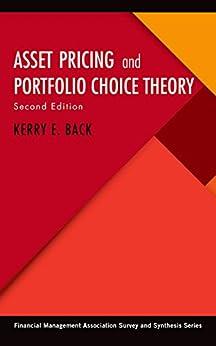Suppose the prices of two non-dividend-paying assets are given by dSi Si = i dt + i
Question:
Suppose the prices of two non-dividend-paying assets are given by dSi Si
= μi dt + σi dBi , where the Bi are Brownian motions with correlation ρ. The μi, σi, and ρ can be stochastic processes. However, assume the volatility of S1/S2 is a constant σ.
Assume there is an SDF process such that MS1 and MS2 are martingales.
Let XT = S2Tf(S1T/S2T) for some nonnegative function f , for example, f
(a) =
max(0,a− 1) as in (17.7). Assume E[MTXT] < ∞. Define Z = S1/S2.
(a) Show that dZ Z = σ dB∗ , where B∗ is a Brownian motion under the probability probS2 and satisfies σ dB∗ = (μ1 −μ2 − ρσ2σ2 +σ2 2 )dt +σ1 dB1 − σ2 dB2 .
(b) Show that ES2 t [f(ZT)] = ES2 [f(ZT)] +
t 0 ψs dB∗
s for some stochastic process ψ and all 0 ≤ t ≤ T.
(c) Define Wt = S2tES2 t [f(ZT)]. Note that WT = XT. Show that W is a self-financing wealth process generated by the portfolio process in which the fraction π = S2ψ
σW of wealth is invested in asset 1 and 1− π is invested in asset 2.
Step by Step Answer:






